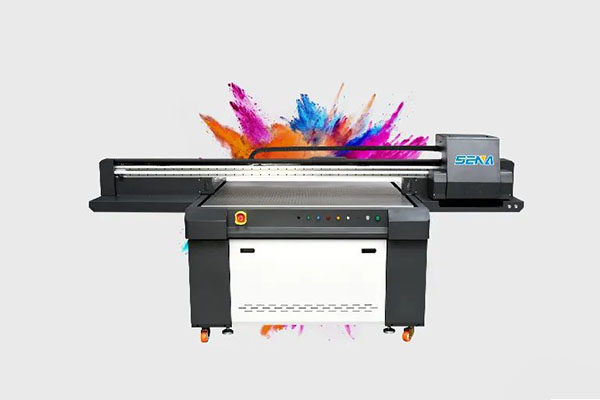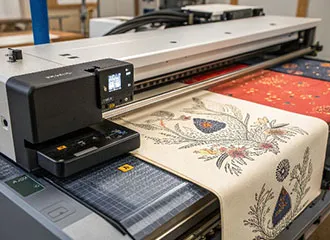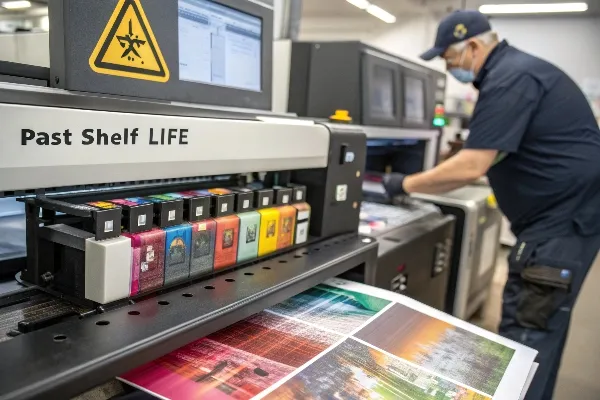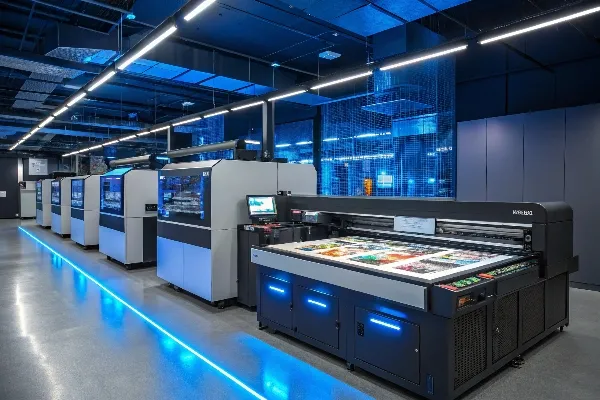Évitez que votre demande ne soit retardée, veuillez saisir votre WhatsApp/WeChat/Skype avec le message, afin que nous puissions vous contacter dans les plus brefs délais.
Nous vous répondrons dans les 24 heures. En cas d'urgence, veuillez ajouter WhatsApp : +86 17864107808, ou WeChat : +86 17864107808. Ou appelez +86 17864107808 directement.
*Nous respectons votre confidentialité et toutes les informations sont protégées. Nous n'utiliserons vos informations que pour répondre à votre demande et ne vous enverrons jamais de courriels ou de messages promotionnels non sollicités.
UV printing and digital printing are both widely used in modern printing applications, but they have key differences. Understanding these distinctions will help businesses choose the right technology for their needs.
UV printing uses ultraviolet light to cure ink instantly, allowing it to print on various surfaces, while digital printing is an ink-based or toner-based method that works best on paper and fabric.

While both technologies are used for high-quality printing, Impression UV offers durability, versatility, and instant curing. Digital printing, on the other hand, remains a go-to choice for standard commercial printing. Let’s explore each aspect in detail.
UV printers are known for their ability to print on a variety of surfaces. But just how versatile are they compared to traditional digital printing?
UV printers can print on materials like glass, metal, plastic, wood, ceramics, and acrylic, making them ideal for signage, packaging, and promotional products.

Unlike digital printing, which is mostly limited to paper and fabric, UV printing can handle rigid and non-porous surfaces. This makes it a favorite for industries requiring high-quality, long-lasting prints on diverse materials.
| Type de matériau | Impression UV | Impression numérique |
|---|---|---|
| Papier | ✅ | ✅ |
| Tissu | ❌ | ✅ |
| Verre | ✅ | ❌ |
| Métal | ✅ | ❌ |
| Plastique | ✅ | ❌ |
With UV printing, businesses can expand beyond standard prints and explore new revenue streams.
Durability is a key consideration when choosing a printing method. But how long can Impressions UV withstand external conditions?
UV prints are highly durable, lasting several years without fading. They are resistant to sunlight, scratches, and moisture, making them ideal for outdoor applications.

UV printing uses specialized inks that cure instantly, forming a solid bond with the surface. This process creates prints that are resistant to wear and tear, unlike traditional inkjet prints that can smudge or fade over time.
Compared to standard digital prints, which often require lamination for protection, UV prints maintain their integrity for much longer.
Like any printing ink, UV ink has a shelf life. But what actually happens when UV ink expires, and how does it impact printing quality?
Expired UV ink can cause clogging, color inconsistencies, and adhesion issues. It’s best to store ink properly and use it before the expiration date for optimal results.

Using expired Encre UV2 can impact printing efficiency and output quality, so proper inventory management is essential.
UV printing technology has evolved rapidly in recent years. But where is it heading in the future?
The future of UV printing includes automation, eco-friendly inks, faster production speeds, and improved adhesion technology for even more versatile applications.

The ability to print on nearly any surface while ensuring durability makes UV printing a key player in the future of the printing industry.
UV printing offers greater versatility, durability, and print quality compared to standard digital printing. As technology advances, it will continue to be an essential tool for businesses looking to innovate in printing solutions.